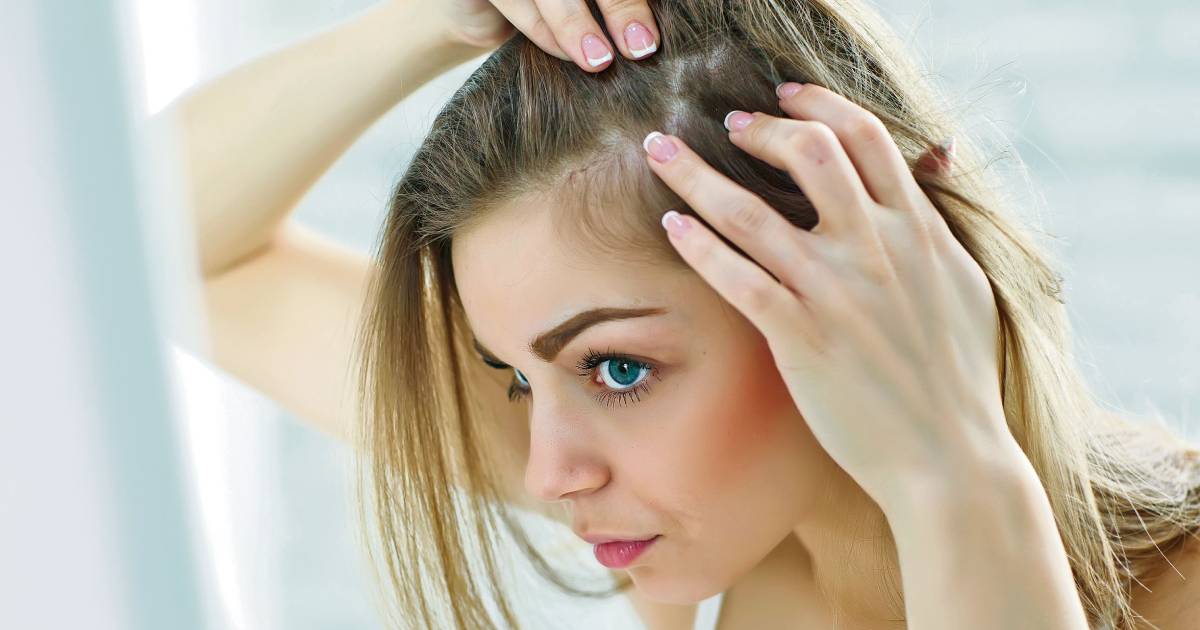Gyroscopic alopecia

Gyroscopic alopecia belongs to hair disorders and is a condition that leads to hair loss due to inflammation occurring in the follicle. Its occurrence affects only 2% of the population. It affects both genders equally and is frequently observed in children. It is an autoimmune disease characterized by small, patchy areas of hair loss on the scalp, but the type of the disease can affect any hairy area of the body.
What factors lead to the appearance of gyroscopic alopecia?
Some of the factors contributing to the appearance of gyroscopic alopecia are:
- Intense stress
- Hormonal imbalances
- Genetic predisposition
- Inflammation
- Infections
- Allergic reactions
What are the symptoms?
The intensity of hair loss manifests suddenly and varies from person to person. It can create small round gaps in the hair or in other parts of the body and can even lead to extensive or total hair loss. It is non-scarring and usually not accompanied by any symptoms. However, it can cause itching, pain, or a burning sensation before hair loss.
Is it a contagious disease?
Absolutely not! However, it can also appear in other areas of the body, such as the beard, eyebrows, and various hairy parts of the rest of the body. Rarely, all hair can disappear from the body, and then we talk about universal alopecia.
Psychological implications
Studies have shown that this condition significantly affects the quality of life of patients as it is associated with increased anxiety and depressive mood. It is also noteworthy that the onset of depression and anxiety is not related to the severity of the disease.
Therefore, regardless of the severity of the disease, patients with gyroscopic alopecia should seek psychological support both from the specialized dermatologist who will monitor them and from a psychiatrist or psychologist who can support them with psychotherapy or medication. Similar support should also be provided to the other members of the patient’s family.
Is there a treatment?
Gyroscopic alopecia is considered one of the most challenging scalp conditions and should be treated by an experienced dermatologist. This is because despite various and effective treatments being tried, the disease shows strong resistance and constantly progresses.
Treatment approaches
The treatment of gyroscopic alopecia may include:
- Corticosteroid therapy
- Systemic administration of cyclosporine
- Anthralin
- Homeopathic treatment
- Psychological support
- Photodynamic therapy
In newer treatments, Olumiant (Baricitinib) – a drug administered for rheumatoid arthritis – recently received FDA approval for use in gyroscopic alopecia. Despite its benefits, the drug remains immunomodulatory and immunosuppressive, so it requires special attention and monitoring by an experienced physician.
We thank
Dr. Nikolaos Voutsakis
56 Achilleos str., Palaio Faliro
Tel.: 2109841074, 6945893616
What's Your Reaction?
Ο Βουτσάκης Νικόλαος είναι Δερματολόγος - Αφροδισιολόγος και διατηρεί ιδιωτικό ιατρείο στο Παλαιό Φάληρο. Διαθέτει πτυχίο Ιατρικής από την Ιατρική Σχολή του University of Pavia στην Ιταλία και ειδικεύτηκε στη Δερματολογία, στη μονάδα Δερματολογίας του Πανεπιστημιακού Νοσοκομείου Θεσσαλονίκης. Έχει διατελέσει Ειδικός Γραμματέας της Επαγγελματικής Ένωσης Ελλήνων Δερματολόγων - Αφροδισιολόγων και είναι μέλος της Ελληνικής Δερματολογικής Εταιρείας και της European Academy of Dermatology and Venereology. Στο ιδιωτικό του ιατρείο προσφέρει πλήθος υπηρεσιών, κλινικής και αισθητικής δερματολογίας, εξατομικευμένες για τις ανάγκες εκάστοτε ασθενούς.




